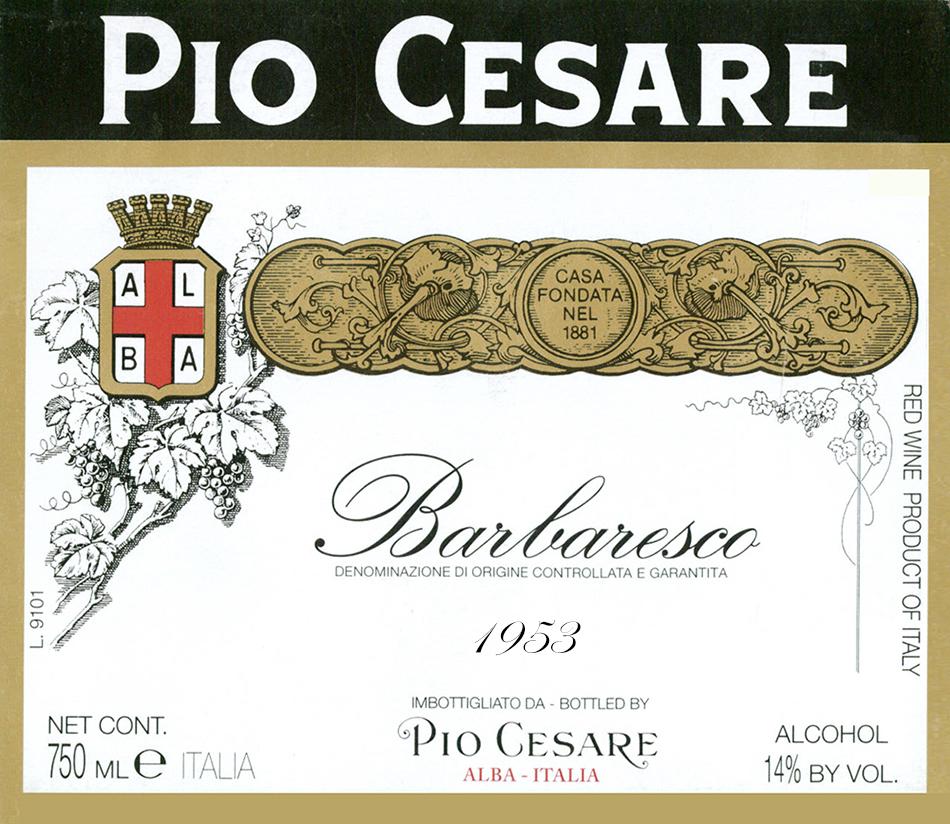1953 Barbaresco Red Blend
The Pio Cesare Barbaresco from the vintage of 1953 is an exquisite red blend that showcases the elegance and legacy of the Barbaresco region. Its deep, garnet color hints at the wine’s age and complexity. On the palate, this full-bodied wine is wonderfully balanced, presenting a high level of acidity that brightens the fruit-forward characteristics. The aromas of dark cherries and plums are complemented by layers of earthy notes and subtle floral hints. The tannins are notable yet refined, contributing to a structured mouthfeel that evolves gracefully with time. As an off-dry wine, it offers a lingering finish that invites another sip, making it a splendid choice for special occasions or simply to savor. The Pio Cesare Barbaresco stands as a testament to the craftsmanship and heritage of its region, promising an enriching experience for any wine enthusiast.
The Pio Cesare Barbaresco from the vintage of 1953 is an exquisite red blend that showcases the elegance and legacy of the Barbaresco region. Its deep, garnet color hints at the wine’s age and complexity. On the palate, this full-bodied wine is wonderfully balanced, presenting a high level of acidity that brightens the fruit-forward characteristics. The aromas of dark cherries and plums are complemented by layers of earthy notes and subtle floral hints. The tannins are notable yet refined, contributing to a structured mouthfeel that evolves gracefully with time. As an off-dry wine, it offers a lingering finish that invites another sip, making it a splendid choice for special occasions or simply to savor. The Pio Cesare Barbaresco stands as a testament to the craftsmanship and heritage of its region, promising an enriching experience for any wine enthusiast.




